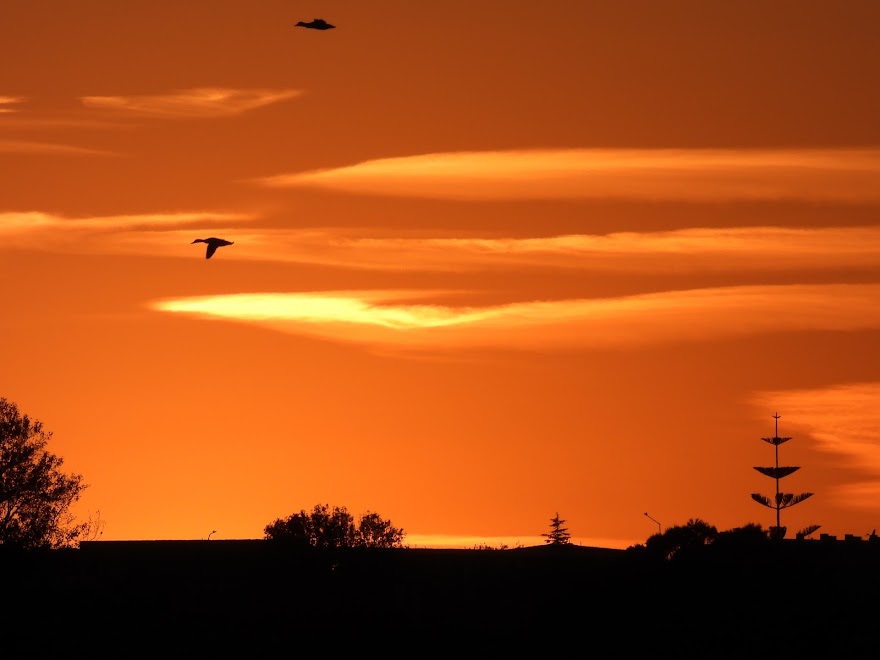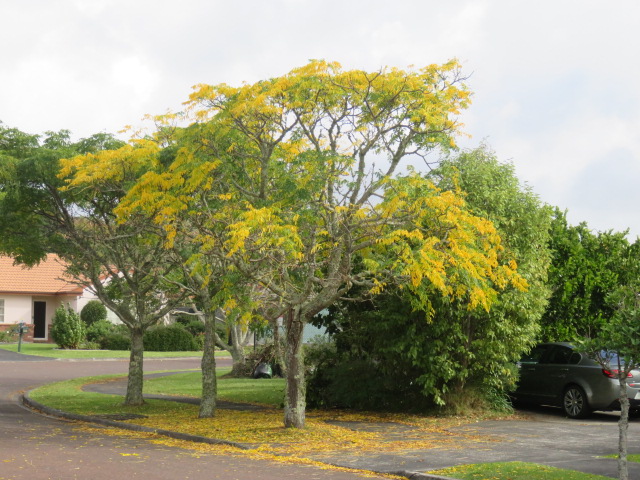This autumn I am planting a garden that I hope will produce fresh eating throughout the winter months of June-November. This is an exciting and new venture for me. For over 40 years, I have mastered gardening in a northern Michigan climate, where the growing season, at best, stretches over four months, from May to September. In this new climate in northern New Zealand, I am hoping to garden year-round. I can plant crops in April, and harvest all the way through November, when spring arrives in this southern hemisphere island. The past two winters, I have grown broad beans and broccoli with success. So I am reasonably confident I can grow other crops. To put the seasons in perspective, May is analogous to November in Michigan...the month preceding the winter solstice.
Here is a row of bush beans I planted in early April. They are almost ready to blossom. This is the third crop of beans I've planted since last November.
This is CurlyKkale from little seedlings I bought from our local grocery store, Pak N Save. The seedlings are sold in the vegetable section of the store. They are bundled 12 to a package, and wrapped in wet newspaper. No plastic!!! We've already enjoyed several meals of Kale chips from this patch. Kale is a very pricey vegetable here, so it will be wonderful to have an abundant supply for soups, smoothies and more chips. Next to the Kale is a row of little Parsnip seedlings.
This is my second planting of Swiss Chard, or as it is called locally, Silverbeet. To the bottom are green onions. I planted the onions from seed in February, and I plan on harvesting them all winter long.
Two rows: the one against the wooden fence is broadbeans, or Fava. In front are peas. I will need to tie the broadbeans up against the fence or they will flop over and smother the peas as well as the lawn. They get very tall, over 5 feet, and tend to lodge with the heavy winter gales we get. I have been trying to grow peas every spring with dismal results. I realised I may be planting them at the wrong season. Let's see what a fall crop will do.
This is more kale, this time Black Tuscany. The little feathery fronds below the kale are baby asparagus. It will take four years for the asparagus to grow big enough to harvest, that is to say, in 2020. A long term commitment.
Carrots. I hesitated about growing carrots, because they need deep loamy soil, and I have heavy clay over hardpan clay. But, over the past three years I've been digging in lot of compost to the garden beds, and I think a stubby Chantenay variety will succeed. I planted some in the summer, and got some sweet baby carrots.
Beet seedlings, called Beetroot in New Zealand. I also planted rutabaga, or Swede and Butterhead lettuce.
I've always loved "volunteer" veggies. Here is a green pepper (capsicum) I found growing in the zucchini bed when I turned it over at the end of summer. I moved it to the warmest, sunniest spot available: the Passion Fruit bed. It looks promising...one fruit at least!
More volunteers.....Broadleaf or Italian parsley, much enjoyed by the Guinea Pigs as well as us humans. That's basil on top.
My final photo is not beautiful to the eye, but a compost pile is a thing of beauty to a gardener. This is the key to good gardening. You have to have well-dug soil with lots of organic matter incorporated. Without compost I couldn't get decent veggies OR flowers. Our compost is composed of grass clippings, shredded paper and trampled hay from the Guinea pig pen (along with their droppings), kitchen vegetable/fruit waste, and seaweed harvested by Allie.
I look forward to showing more photos as I reap my winter harvest. I hope you do too! - JMF











































